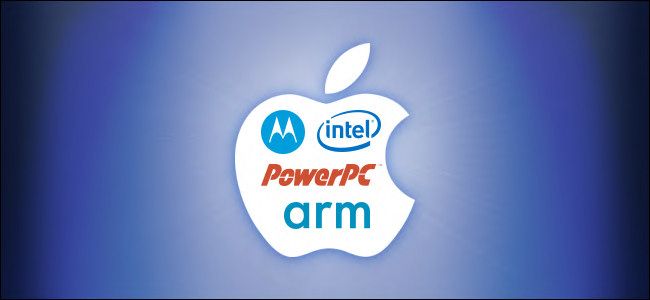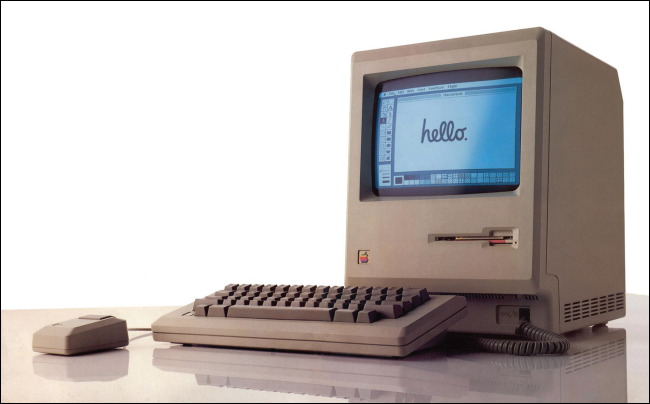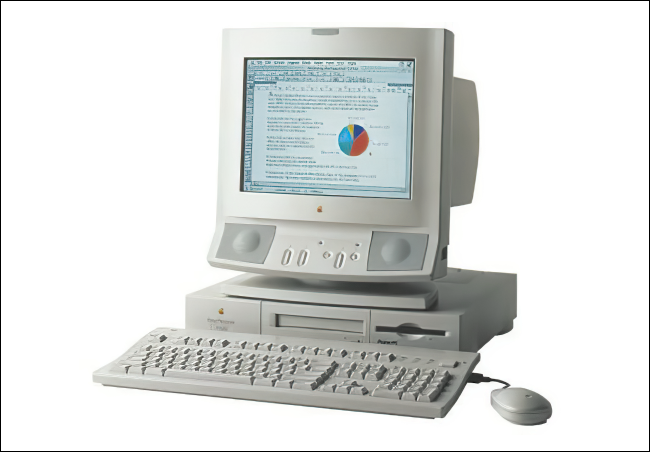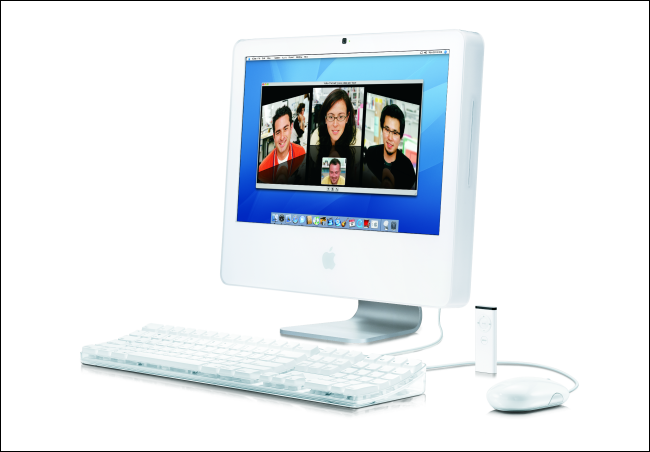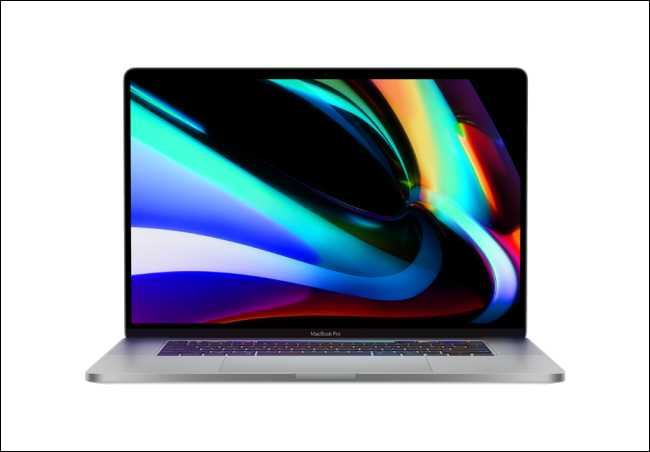Over the last 36 years, the Apple Macintosh has had three different CPU architectures, and it's poised to potentially migrate to a fourth. As rumors about a switch to ARM swirl, let's take a brief look at the history of CPU architectures on the Mac.
Motorola 68K (1984-1995)
In 1984, Apple released the first Macintosh computer (called, unsurprisingly, the Apple Macintosh). It used an 8 MHz Motorola 68000 CPU. While in development, an early Mac prototype used an 8/16-bit Motorola 6809 CPU. However, after a designer saw the amazing graphics routines that were being created for the 68000-based Apple Lisa, the more expensive 16/32-bit 68000 was used. The Apple Lisa used only a 5 MHz 68000, but the new Mac prototype could run at 8 MHz. This delighted Steve Jobs, who wanted to upstage the Lisa team.
Over the next decade, new models of Macintosh computers began using successors of the 68000, including the pure 32-bit 68020, 68030, and 68040 chips. These increased in speed and complexity over time.
Overall, at least 72 different Macs used 68K CPUs. The final Mac model to do so was the PowerBook 190 in 1995.
PowerPC (1994-2005)
In the late 1980s, the computing industry began to turn away from the legacy 1970's CPU architectures in favor of new trends, like Reduced Instruction Set Computing (RISC). This design technique promised faster CPUs. Apple explored many different RISC CPU options, but eventually partnered with IBM and Motorola to design a common CPU platform. The three companies wanted to use this to fend off the Microsoft-Intel domination (also known as "Wintel").
The result was the PowerPC architecture. It was first used in a series of workstations from IBM, and then in 1994 in the Power Macintosh 6100. Apple designed a 68K emulator that was included with every copy of Mac OS. This meant these new Macs could run almost all older 68K software seamlessly (albeit with some speed penalties), allowing a smooth transition to PowerPC.
Over the years, Apple released around 87 different Mac models that used PowerPC CPUs, including chips in the 601, 603, G3, G4, and G5 series. PowerPC CPU clock speeds increased dramatically during this era, ranging from 60 MHz all the way up to 2.7 GHz. The final Apple PowerPC model was an iteration of the Power Mac G5, released in November 2005.
Intel x86 (2006-Present)
By the mid-2000s, Apple felt hamstrung by its reliance on PowerPC CPUs. Macs had trouble keeping speed parity with Intel-based PCs due to the delays in the production and design of new PowerPC chips. Also, by the G5 generation, PowerPC chips were so power-hungry, they required extensive cooling to operate, precluding their use in laptops.
So, when Apple announced it would transition to Intel chips at WWDC 2005, critics were happy, but surprised. After years of advertising that touted the superiority of PowerPC over Intel, Apple switching to Intel felt like a lifeline for Macintosh. Mac CPU performance increased almost four-fold overnight. The first Intel Mac models were announced in early 2006: an iMac and the MacBook Pro.
To preserve software compatibility between generations, Apple included an advanced emulation technology called Rosetta starting with Mac OS X 10.4.4. It could dynamically translate some PowerPC code to Intel on the fly.
Shortly after, developers began to distribute their programs as universal binaries, which could run on either PowerPC or Intel Macs, which greatly eased the transition to x86. Rosetta was eventually removed from Mac OS X starting with Mac OS X 10.7 Lion.
Depending on how you count, since 2006, Apple has released at least 80 models (perhaps as many as 100) of Macs with Intel CPUs. The final Intel Mac model is yet to be determined, but if you believe some pundits, it might arrive later this year.
ARM (2021?)
Back in the present day, Apple's Intel-based Macs sell well and likely have a solid CPU roadmap ahead of them. However, rumors that Apple will soon switch its Macs to ARM-based CPUs are buzzing. This would mark the third system architecture transition in the Mac line---but, why?
Since 2010, Apple has been steadily gaining experience designing its own ARM CPU-based system-on-a-chip (SOC) packages for iPhone, iPad, and Apple TV hardware. The company's progress has been amazing. Its designs have improved dramatically in speed and performance-per-watt, with some iPads now rivaling MacBooks in single-core performance. Matching Intel-level performance with ARM chips finally makes them a feasible replacement for CPU architecture in Macs.
With ARM more competitive performance-wise, Apple would gain other benefits from an architecture switch, including efficiency and control. The firm has already been packing many features into its SOCs---like faster photo processing and AI face recognition---that accelerate Apple-specific design goals. If Apple uses its own chips for Macs, it gets exactly what it needs and nothing extra.
Also, it's potentially cheaper for Apple to produce chips in-house, instead of buying them from Intel. This would make Apple products even more ridiculously profitable than they already are, which is good for its bottom line. Those cost-savings could also mean some cheaper Macs are on the horizon if Apple chooses to move in that direction.
Developers stand to benefit, too. ARM-based SOCs in Macs would allow app manufacturers to more easily port their iPhone and iPad software to the Mac platform. They could also more easily keep software for all three platforms in feature parity.
The only question left is when will this happen? WWDC 2020 is just around the corner, so we'll have to wait and see. No matter what happens, Macintosh will likely continue to thrive as a platform well into the future---even if Apple has to make more architecture changes along the way.

